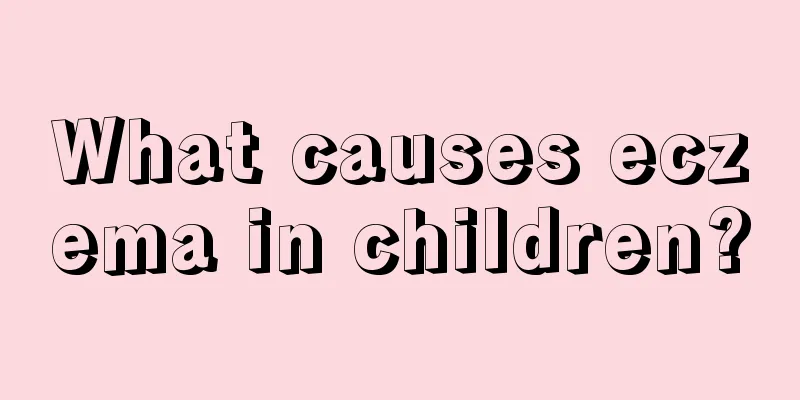How low can jaundice be reduced without medication?

|
Jaundice is a normal physiological phenomenon for newborns as we all know. However, some babies need to take medicine or be hospitalized because of excessive jaundice until the jaundice value drops to normal. But how low does the jaundice need to be before they no longer need to take medicine? If the jaundice is too high, it is called hyperbilirubinemia and requires medical treatment. Otherwise, it may be life-threatening if it becomes serious. Treatment can be stopped only on the doctor's advice when the jaundice value drops to a certain level. Neonatal jaundice is the yellowing of the skin, sclera and mucous membranes in the neonatal period, also known as neonatal hyperbilirubinemia. The etiology is special and complex. In severe cases, it can cause bilirubin encephalopathy (kernicterus), which often leads to death and serious sequelae. Neonatal jaundice is generally divided into two categories: physiological jaundice and pathological jaundice. Physiological jaundice is a normal physiological phenomenon. Due to the metabolic characteristics of neonatal bilirubin, about 60% of full-term infants and more than 80% of premature infants may develop jaundice 3-5 days after birth, but the general condition is good. The jaundice of full-term infants will disappear within 14 days, and the jaundice of premature infants may be delayed to 3-4 weeks for complete disappearance. Pathological jaundice is abnormal and is generally related to the following factors: ① Bacterial infection, neonatal sepsis and viral infection such as hepatitis A virus, hepatitis B virus, cytomegalovirus, etc.; ② Hemolytic disease of the newborn; ③ Congenital biliary atresia and common bile duct cyst; ④Breast milk jaundice: Jaundice usually occurs 4-7 days after birth and reaches its peak at 2-3 weeks. Bilirubin can decrease 1-3 days after stopping breastfeeding. If there is no significant decrease in 3 days, breast milk jaundice can be ruled out. ⑤Other factors such as hereditary diseases, drug-induced jaundice, etc. When a newborn baby has any of the following conditions, it should be considered as pathological jaundice; Guidance: Jaundice occurs too early (appears within 24 hours after birth); the jaundice is severe or progresses rapidly; the jaundice lasts for a long time (more than 2 weeks in full-term infants and more than 4 weeks in premature infants); jaundice subsides and reappears. Pathological jaundice caused by any reason should be identified and treated, especially for premature infants under 1 week old and children with severe hypoxia, acidosis, intracranial lesions, and severe infections. Active treatment must be given as soon as possible to avoid adverse consequences. |
<<: How to tell if jaundice is high
Recommend
What are the symptoms of wind-heat cold in children?
Everyone knows that colds are inevitable in life....
Will a child grow taller after menstruation?
As children grow up, parents have many things to ...
The causes of hematuria in children can be divided into two points to understand
Hematuria in children should be taken seriously. ...
Occasional shortness of breath in newborns
Some parents who observe carefully will find that...
How to treat constipation in young children?
It is not uncommon for young children to suffer f...
How to treat allergic cough in children?
Due to external environmental problems, many peop...
What is the reason why children can’t jump rope?
Some children are around ten years old. They ofte...
Why does my child have a headache?
When a baby has a headache, it is usually caused ...
How to prevent breast deformation after breastfeeding
We all know that breast milk is the most natural ...
What should I do to relieve the red bloodshot eyes?
Some mothers may find that their babies suddenly ...
How to treat gingivitis in children?
The occurrence of gingivitis is closely related t...
What to do if the newborn baby has not defecated for four days
When taking care of your baby, you always need to...
Scarlet fever urine routine examination
Scarlet fever is usually diagnosed through routin...
What to do if your child has phlegm in his throat while sleeping
Many parents are very distressed when their child...
Are baby's feet cold?
Infants and young children have relatively low re...









